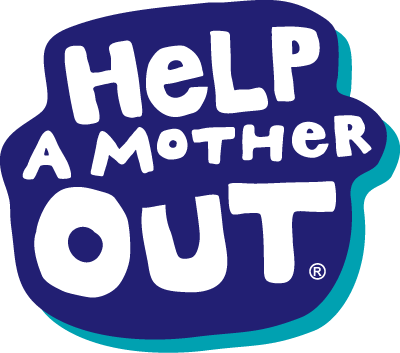The other day I had the privilege to attend a private screening of a new short documentary film about our newest partner, the Bayview Mission. It was wonderful to see old friends and meet new ones, and learn more about the mission’s work.
For San Franciscans who don’t know, the Bayview Mission is a ministry started in 2004 by the Reverend Nina Pickerrell, and her many devoted volunteers at Grace Cathedral, the beautiful church and landmark on top of California Street. The mission is literally a beacon of hope inside the Bayview district, creating community through the food pantry that distributes every Monday afternoon. They supplement basic human needs and other supplies (groceries – including fresh produce!, clothing, school supplies, children’s books, and toiletries) to working families, the homeless, as well as any Bayview resident that comes to them in need of help.
And one of their highest needs is….diapers.
The Bayview/Hunter’s Point district of San Francisco is known as one of the most dangerous neighborhoods in California. For years, Bayview’s residents have been marginalized – both economically, and geographically from the rest of San Francisco. There are Bayview has the highest density of children in all of San Francisco, a 50-percent poverty rate, high levels of gang violence, has more liquor stores than grocery stores, and is predominately African-American.
The local Walgreens locks up diapers and formula.
Every Monday when the mission opens for food distribution, there are about 40 families who come to them and have a child in diapers. Diapers are in scarce supply at the mission. So much of an unmet need that, up until recently, they have only been able to distribute diapers once a month.
Nina and the mission’s volunteers told me story about a mom that usually comes to them on Mondays. She has a young child, as well as a 6 month old baby boy. Because she believes that larger sized diapers hold more, and therefore, are cheaper in cost, she puts the baby boy in size 5, even though he really fits a size 3. The baby is six months old and is still wearing newborn clothes, because the mother doesn’t have bigger clothes for him to wear. So his clothes are too tight, and he stays in the Size 5 diaper longer than he probably should.
It warmed my heart to hear that because of our very first diaper donation to the Bayview Mission, this baby boy got some of the perfect size of diapers when he came the next Monday.
And yet.
It also made me very sad to hear, the same story we hear time and again, that there are children, just like this baby boy, who go without something so basic as a diaper – here within the city limits of one of the most beautiful and affluent regions in the country.
SF Bay locals: You can help us continue this work by coming to support our event on May 2nd at Peekadoodle and/or pledging to host a drive in May. Please pass it on!














